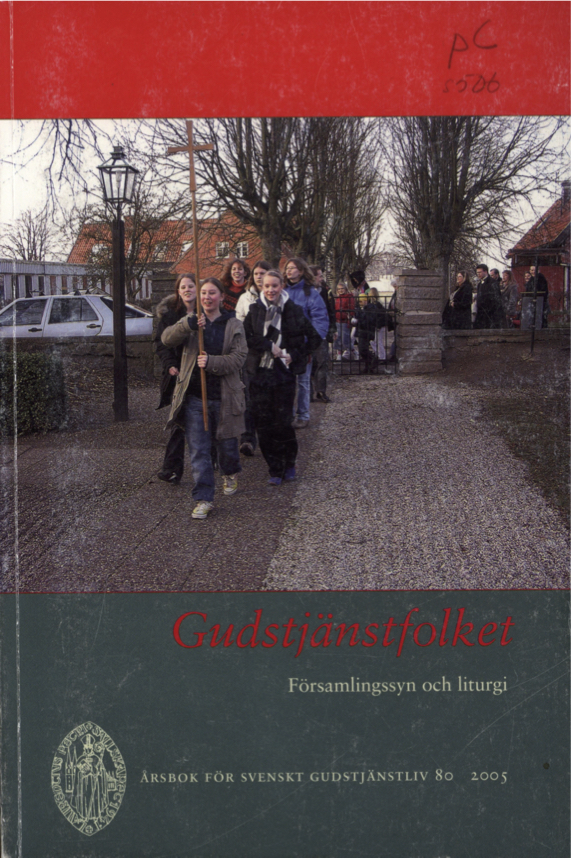Kyrkorum, församlingssyn och liturgi i Växjö domkyrka
Abstract
That church building as an expression of theology is the fundamental idea of this article. The building is the House of God, while simultaneously being the meeting place of the congregation. The House of God is the choir with the altar, the pulpit and other symbols of God’s presence. The meeting place of the congregation is the nave where the faithful gather to partake in the liturgy and meet ’the Other’. The divisions of the temple of Jerusalem between the Forecourt, the Holy and the Holy of Holies are still present in Växjö Cathedral.
A short presentation is given here of the various images of Bertil Vallien’s glass altarpiece from 2002. Its fundamental role is to enhance the choir as a liturgical manifestation of heaven. Further, the nave is interpreted as the symbolic re-enactment of the earth, and the western part of the Cathedral, with its ancient burial ground, is understood as a manifestation of the underworld. Göran Wärff’s ’Baptismal Spring’, located in the south-west, is the starting point of the via sacra that is extended up the nave and eventually terminates in the east - the choir and the Eucharist.
The floorplan of the Cathedral resembles a cross - a formalisation of the Tree of Life, the human body, the body of Christ and the four cardinal points. The roots of the Tree of Life go deep into the underworld, the trunk stands firmly on the ground and its foliage embraces heaven. This tri-partite division is manifested vertically from the tombs beneath the floor to the arches. The orientation of the Cathedral from west to east, bears witness to a similar message.
This architectural concept - in its various forms - expresses the idea that the congregation is composed of three distinct groups: the church dormant, the church militant and the church triumphant. This article concludes by discussing how this tri-partite division is reflected in the liturgy of the Church of Sweden.
Trans. Erik Sidenvall
Downloads
Published
Issue
Section
License
© the authors, Laurentius Petri Sällskapet för Svenskt Gudstjänstliv and Artos & Norma Bokförlag. Copying and using material from Svenskt Gudstjänstliv for scholarly purposes is permitted as long as the source is indicated. For other uses, please contact the respective author as well as the publisher. Special restrictions may apply to images.


